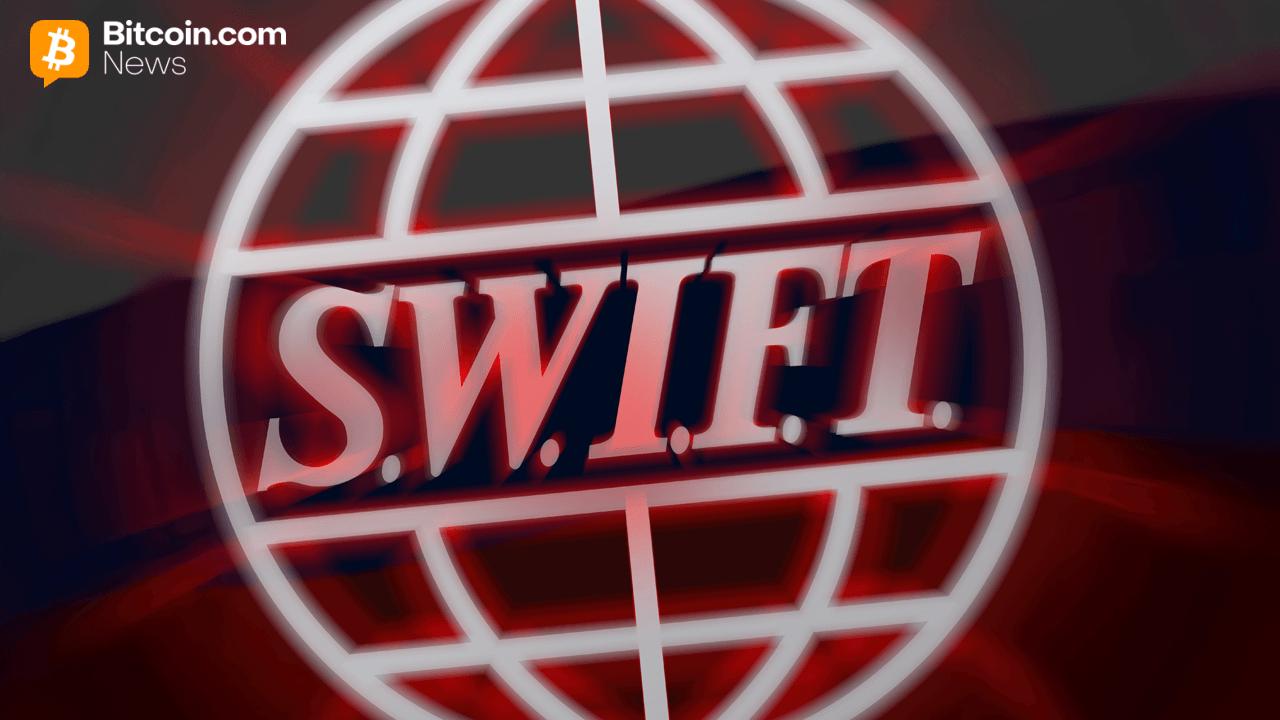Digital Assets Strategy: Building the Financial Infrastructure of Tomorrow
The landscape of digital assets is undergoing a profound transformation, shifting from speculative curiosity to strategic imperative in the executive suites of global banks. Major financial institutions like Citi, JP Morgan, and Franklin Templeton are no longer merely exploring blockchain technology but are actively constructing the digital asset backbone that will power tomorrow's financial ecosystem.
From Speculation to Strategic Implementation
Artem Korenyuk, leading Citi's Enterprise Digital Assets team, advocates for a comprehensive enterprise-wide approach that integrates digital assets seamlessly across all business lines, similar to traditional financial products. His vision focuses on creating reusable, scalable foundations that enable customers to interact with digital assets as effortlessly as conventional banking services.
At JP Morgan's Kinexys division, Nelli Zaltsman emphasizes the critical importance of enhancing liquidity through programmable settlement and just-in-time funding solutions. She points out that without advanced payment rails integrated with digital assets, the financial equation remains incomplete, highlighting the urgent need for sophisticated liquidity management systems.
Roger Bayston at Franklin Templeton approaches digital assets as a fundamental infrastructure upgrade. By leveraging blockchain technology, they have revolutionized transfer agency systems, enabling instant settlement capabilities and introducing innovative features like intraday yield structures, effectively breathing new life into existing financial products.
Unlocking Revolutionary Value Propositions
While operational efficiency represents a significant benefit, the true potential of digital assets extends far beyond cost savings and process improvements. These technologies are unlocking entirely new forms of value creation and investment opportunities that were previously impossible or impractical.
Fractional ownership capabilities, as envisioned by Bayston, allow clients to own portions of unconventional assets such as sports teams, art collections, or real estate properties. This tokenization approach dramatically broadens the investment horizon beyond traditional securities, creating new markets and democratizing access to previously exclusive asset classes.
Korenyuk emphasizes the critical importance of interoperability through initiatives like the Regulated Liability Network, which aims to create seamless integration across cash, securities, and collateral management systems. Meanwhile, Zaltsman highlights how programmability features can automate complex treasury functions, revolutionizing liquidity management and optimizing capital utilization across global operations.
Industrial-Scale Platform Implementation
This strategic transformation has moved beyond theoretical discussion into practical, real-world implementation. Financial institutions are deploying sophisticated platforms that demonstrate the industrial-scale potential of blockchain technology in traditional banking operations.
Citi's Integrated Digital Asset Platform serves as advanced middleware, seamlessly integrating digital assets with existing banking systems to facilitate innovative products like Citi Token Services, which offers round-the-clock cash mobility and enhanced liquidity management capabilities.
Franklin Templeton's Benji fund exemplifies pragmatic innovation through its blockchain foundation, representing a tokenized US government money market fund that enables instant share transfers and novel yield distribution mechanisms. This implementation demonstrates how traditional financial products can be reimagined through digital asset technology.
JP Morgan's Kinexys platform advances financial interactions through sophisticated payment rails and blockchain-enabled deposit accounts that provide continuous operation and programmability features, enabling instant liquidity rebalancing across multiple global jurisdictions.
Overcoming Implementation Challenges
The journey toward digital asset integration has required financial institutions to address significant cultural, regulatory, and operational challenges. Success in this transformation demands comprehensive governance frameworks that combine blockchain expertise with traditional financial risk management practices.
Korenyuk shares that establishing robust governance structures combining blockchain specialists with experienced bankers and risk professionals has been crucial for Citi's digital asset initiatives. This holistic approach ensures that innovations are not only technologically sound but also institutionally secure and compliant.
Zaltsman faced the challenge of distinguishing tokenized deposits from unstable cryptocurrency alternatives, requiring extensive education across departments to ensure that digital asset strategies align with JP Morgan's broader institutional mission and risk tolerance.
Bayston notes that while regulatory barriers initially posed significant obstacles, recent regulatory developments have created a more favorable environment, allowing his team to focus on innovation, commercialization, and scaling of digital asset products.
Revolutionary Liquidity Solutions
Liquidity management has emerged as a critical component of the digital asset transformation, with advanced solutions addressing fundamental inefficiencies in traditional financial systems. These innovations represent nothing short of a revolutionary approach to global liquidity management.
The JPMD deposit token exemplifies this innovation, ensuring near-instantaneous liquidity rebalancing between global jurisdictions while supporting both commercial transactions and digital asset marketplace efficiency. Through these capabilities, clients gain unprecedented flexibility to automate treasury functions, reduce borrowing requirements, and unlock previously trapped capital.
Kinexys Digital Assets division demonstrates practical implementation through its Tokenized Collateral Network, which enables rapid deployment and retrieval of collateral, providing clients with sophisticated just-in-time funding capabilities that optimize capital efficiency.
The Future of Financial Infrastructure
The digital asset revolution represents a fundamental reimagining of financial infrastructure, with industry-leading banks establishing the frameworks and standards that will define the future of global finance. This transformation extends far beyond incremental improvements to existing systems.
Zaltsman anticipates an expanding role for tokenization across diverse asset classes, while Korenyuk foresees major transformations in trade securities and cross-border transactions. Bayston actively works to expand collateral markets through innovative blockchain-based solutions.
The consensus among these industry leaders is clear: financial institutions that fail to embrace this digital asset transformation risk being left behind as the industry collectively pioneers a new era of blockchain industrialization. Success in this environment requires building comprehensive platforms, investing in ongoing education, and establishing robust governance frameworks.
As these technologies mature and regulatory frameworks continue to evolve, the digital asset backbone of tomorrow's financial system is being built today by institutions willing to invest in the infrastructure, talent, and strategic vision necessary to capitalize on the boundless possibilities that digital assets present.








